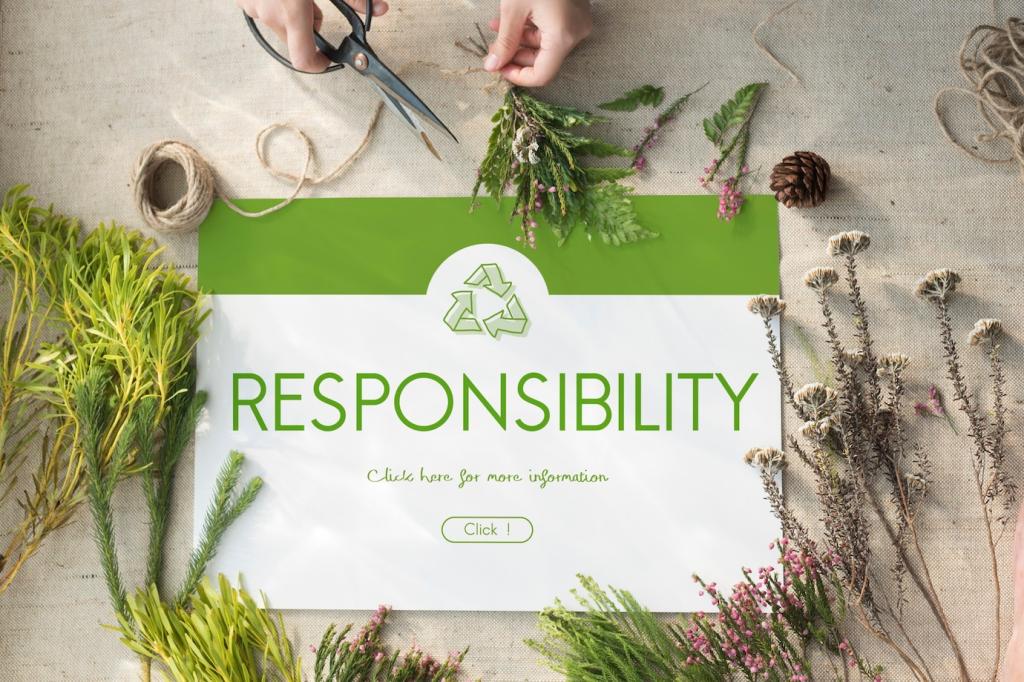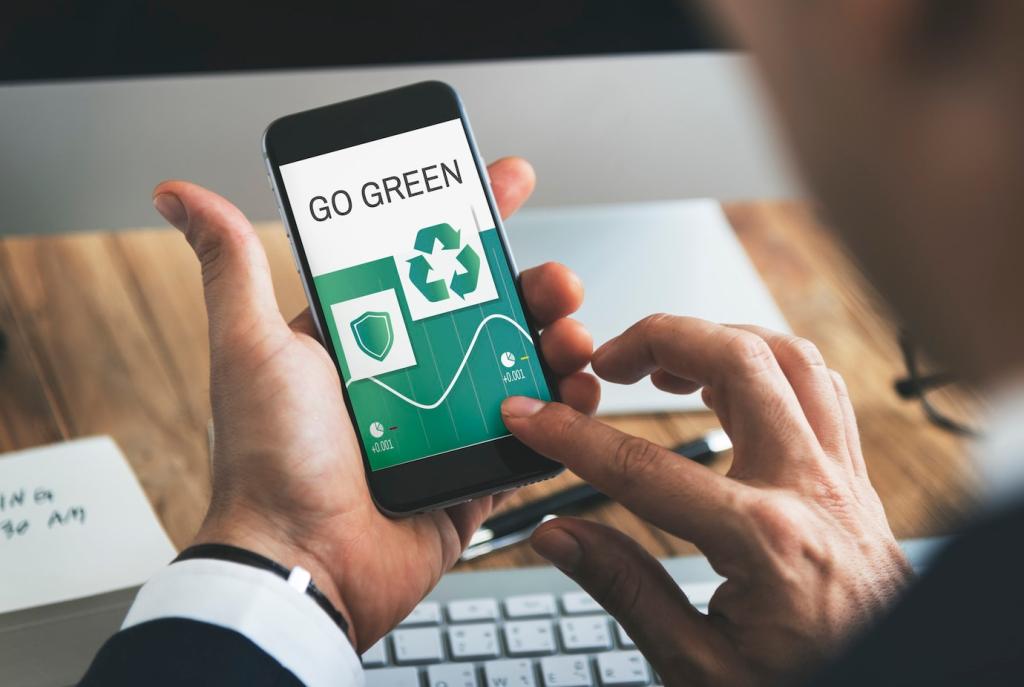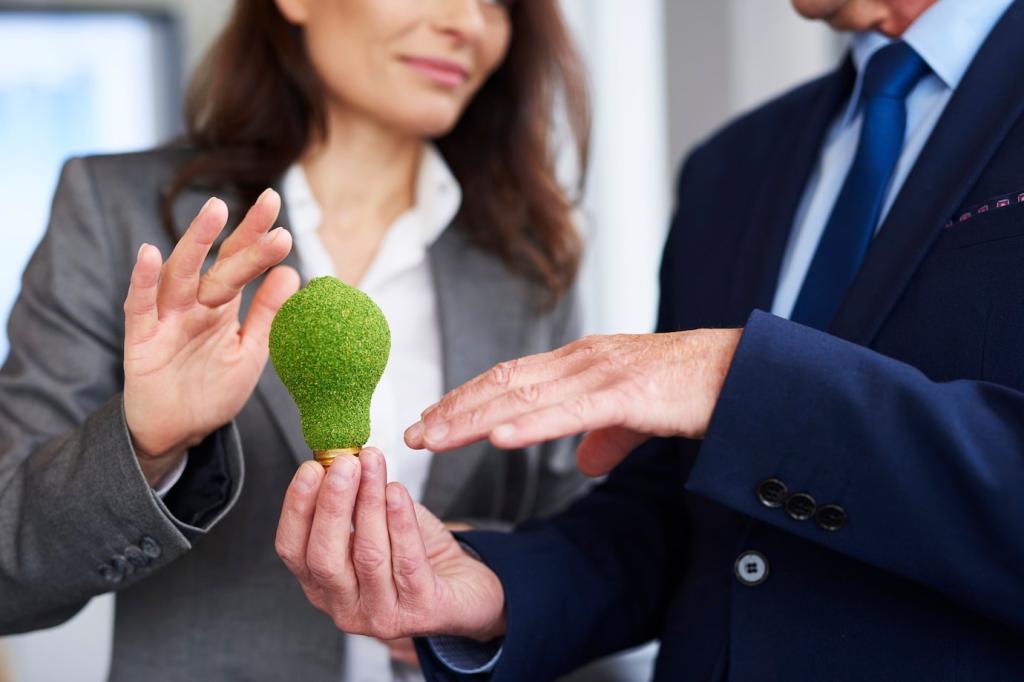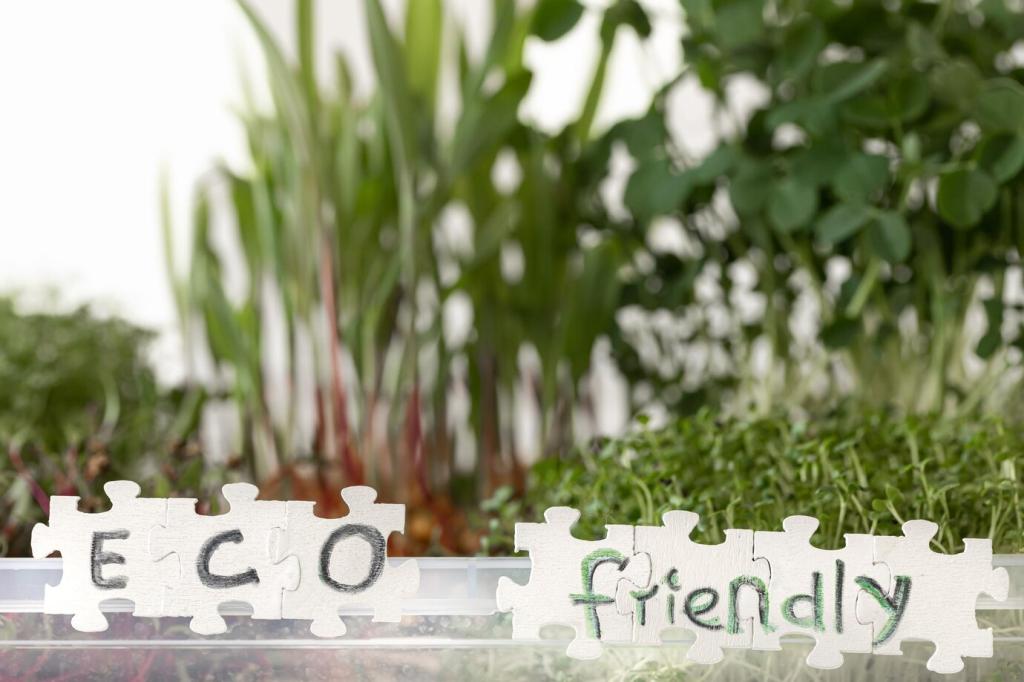Bring Sustainability to Life in Home Product Copy
Chosen theme: How to Highlight Sustainability in Home Product Copy. Welcome to a practical, human approach to writing product stories that make eco-choices clear, credible, and deeply desirable—without greenwashing. Let’s inspire smarter homes together.
Anchor your copy with relevant certifications and why they matter: FSC for wood, GOTS for organic textiles, OEKO-TEX and GREENGUARD for emissions, ENERGY STAR for efficiency. Explain the consumer benefit plainly, and invite questions or comments for clarity.

Tell the Material’s Journey
Describe wood that is responsibly harvested, kiln-dried for durability, and assembled locally to reduce freight emissions. Add a map or timeline. Invite readers to comment if they prefer regional sourcing or recycled inputs in future releases.


Design Microcopy That Guides Choices
Pair each icon with a plain-language label: “Certified Wood—FSC,” “Low Emissions—GREENGUARD,” “Energy Saver—ENERGY STAR.” Add a one-sentence benefit beneath. Invite readers to vote on which icons feel clearest by replying with their top three.
Durability, Repair, and Care
Write durability as a benefit
Highlight joinery, reinforced seams, or scratch-resistant finishes as reasons the product stays beautiful longer. Share lab test cycles or weight limits. Ask readers what durability tests they trust most and why.
Care that prevents waste
Offer specific, low-impact care tips: cold washes, fragrance-free detergents, gentle wood soap. Explain how these save energy and extend life. Invite subscribers to receive seasonal care reminders tailored to bedrooms, kitchens, or living rooms.
Repairability earns loyalty
List replaceable parts, standardized screws, and video tutorials. Promise spares for a set number of years. Ask readers to reply if they have repair stories or suggestions for the next how-to guide.
Voice, Tone, and Honesty
Retire vague terms like “eco-friendly,” “non-toxic,” or “all natural” unless precisely defined. Replace with measurable statements and links to standards. Invite readers to submit buzzwords they want decoded in a future newsletter.
Voice, Tone, and Honesty
If a sofa uses recycled polyester, say why and how much. If shipping adds emissions, show offsets or route efficiencies. Ask visitors if transparency like this increases trust—and to comment with their take.



Maya chose our GOTS-certified sheets after reading that organic cotton saved water and skipped pesticides near farms. She wrote that her allergy season felt gentler. Share your story, and we may feature it—with your permission.

A brief, candid aside: “We moved to water-based finishes after my niece’s nursery smelled like paint for days.” Invite readers to reply with moments that pushed them toward healthier home choices.

Ask audiences to vote on next materials, colors, or packaging pilots. Promise to publish results and timelines. Encourage subscriptions to follow experiments from prototype to product page copy.

Make impact math visible
Display simple equivalents: “This lamp saves 76 kWh yearly—about eight laptop charges per week.” Cite sources. Ask readers which comparisons help them visualize savings, and subscribe for new impact calculators.

Frame lifecycle context
Explain where the footprint sits—materials, manufacturing, shipping, use phase, end-of-life. Note what you control now and what’s next. Invite comments on which stage deserves the deepest dive in our next post.

Iterate in public
Publish version notes for sustainability claims: dates, methods, third-party audits. Treat copy like product updates. Encourage readers to follow along and nudge us toward bolder, evidence-based improvements.
